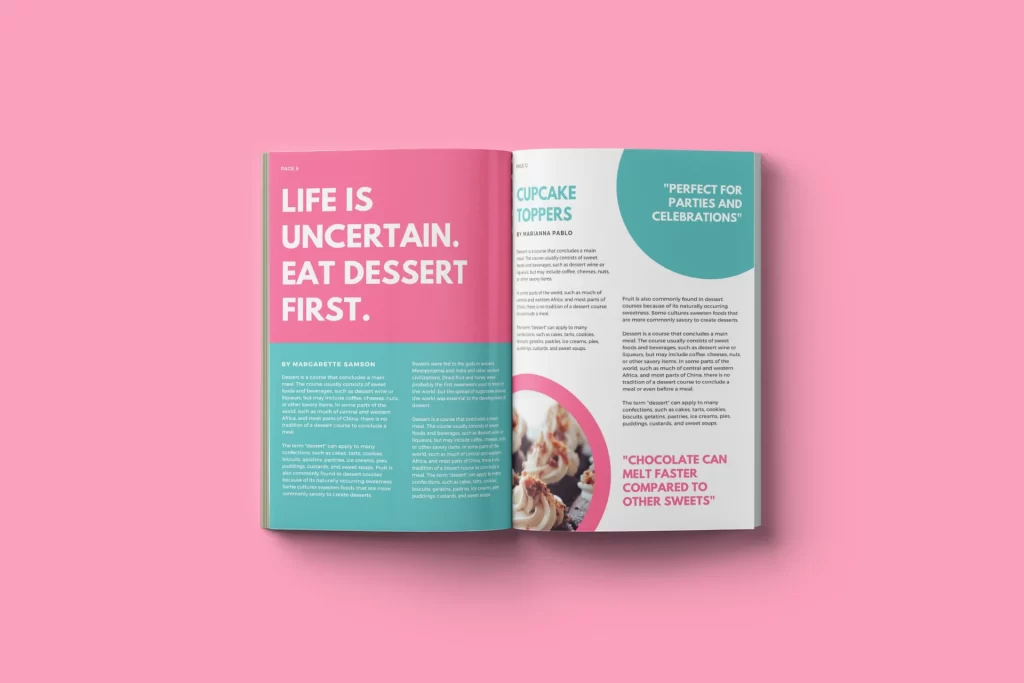Magazines have long been powerful arbiters of cultural trends, serving as a bridge between the creators and consumers of fashion, lifestyle, and societal norms. Their influence extends far beyond the glossy pages, permeating various aspects of our daily lives and shaping the way we perceive the world around us. From their inception, magazines have played a pivotal role in defining and disseminating trends, acting as both mirrors and molders of public consciousness. The cultural impact of magazines is rooted in their ability to curate content that resonates with their target audience. Editors and writers meticulously select stories, images, and ideas that align with the desires and aspirations of their readers. This curation process involves a deep understanding of current social dynamics, enabling magazines to not only reflect existing trends but also to anticipate and promote new ones. For instance, fashion magazines like Vogue and Harper’s Bazaar have historically set the stage for what is considered stylish, influencing everything from the clothes we wear to the way we style our homes.

Beyond fashion, magazines contribute to the broader cultural conversation by spotlighting emerging social issues, artistic movements, and technological advancements. They provide a platform for new voices and ideas, often pushing the boundaries of what is socially acceptable or culturally significant. For example, magazines such as Rolling Stone and The New Yorker have been instrumental in shaping public discourse on music, politics, and social justice. By giving visibility to avant-garde ideas and underrepresented communities, these publications help to foster a more inclusive and dynamic cultural landscape. The visual nature of magazines also plays a critical role in their cultural impact. The imagery used in magazine world is carefully crafted to evoke emotions, convey messages, and create desire. Photographers, stylists, and art director’s work together to produce visuals that not only captivate the audience but also define aesthetic standards. These images often become iconic, influencing everything from popular media to advertising. For instance, the editorial spreads in fashion magazines have been known to inspire entire collections for designers, who then bring these trends to the broader market.
Moreover, the advent of digital media has only amplified the cultural reach of magazines. While print magazines continue to be influential, their online counterparts have the ability to reach a global audience instantly. Digital platforms allow magazines to engage with their readers in real-time, creating a more interactive and dynamic relationship. Social media, in particular, has become a powerful tool for magazines to shape trends, as readers now have the ability to instantly share, comment on, and even contribute to the content. This democratization of media has expanded the cultural impact of magazines, enabling them to influence not just what people consume but how they think and behave. In conclusion, magazines wield significant cultural power by shaping trends across various domains, from fashion and lifestyle to politics and social issues. Their ability to curate content, craft compelling visuals, and engage with readers on multiple platforms ensures their continued relevance in a rapidly changing world. As both reflections and creators of culture, magazines play a crucial role in guiding public perception and driving the evolution of societal norms.
